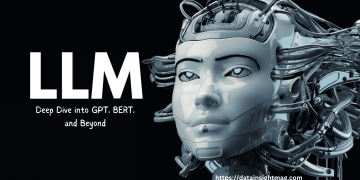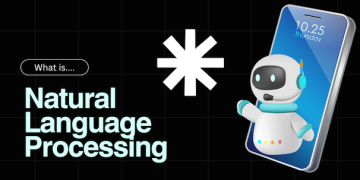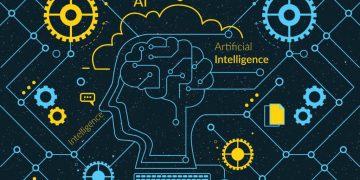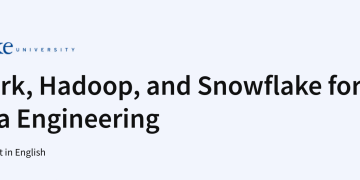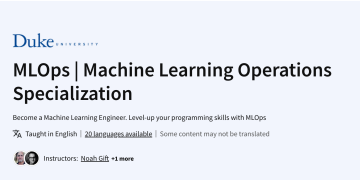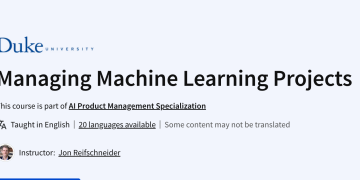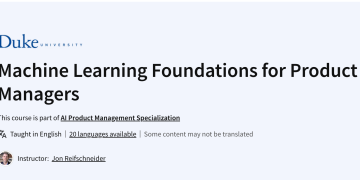Machine learning is reinventing the way we do business and our day-to-day activities. A lot of work has been performed on the old or traditional software programmers. First, they wrote logic based on the current state of the market and then added the relevant data. Yet over time, and with the introduction of technology, big improvements started to take place.
Megatrends, crazy innovations, and automation have taken over, and we can proudly say that it’s all for good. Through the power of machine learning, businesses have become strong and are hitting new heights.
Leading companies and technology employ machine learning, experiment, anticipate and predict the future.
Machine Learning Basics – Types of Techniques
It is rightly said that the data is only as important as what you do with it and how you treat it. Businesses and technology executives are applying machine learning, exploring, anticipating and forecasting the future.
Machine learning is used to create predictive models by extracting patterns from large datasets. Such models are useful in predictive analysis. This is used in predictive applications such as market estimation, risk assessment, forecasting consumer behaviour and document classification. Through continuous data flooding, machine learning models ensure that the solution is continuously modified.
With appropriate and constantly changing data sources in the context of machine learning, there is an opportunity to predict the future.
So what are the types of machine learning techniques?
There are three types of ML Techniques:
1. Supervised Learning
Supervised learning is where you have input variables (x) and an output variable (Y) and you use an algorithm to learn the mapping function from the input to the output.
Y = f(X)
The goal is to approximate the mapping function so well that when you have new input data (x) that you can predict the output variables (Y) for that data.
Supervised learning as the name suggests someone should supervise, it is like a teacher supervising the learning process of the student. It’s a learning process in which the machine uses data already tagged with the correct answer. After that, a new set of data is provided on the machine.
The algorithm analyzes the training data (set of training examples) with the help of supervised learning and produces a correct result from labeled data.
Here the machine has already learned the stuff from previous data. So, now is the time for wisely utilizing the learning.
In supervised learning, we start with a dataset that has training examples, each example has an associated label that identifies it.
Supervised learning problems can be grouped into regression and classification problems.
- Classification: A classification problem is when the output variable is a category, such as “red” or “blue” or “disease” and “no disease”.
- Regression: A regression problem is when the output variable is a real value, such as “dollars” or “weight”.
Some popular examples of supervised machine learning algorithms are:
- Linear regression for regression problems.
- Random forest for classification and regression problems.
- Support vector machines for classification problems.
2. Unsupervised Learning
The machine’s training in unsupervised learning is done using information that is neither classified nor labeled. Unsupervised learning is where you only have input data (X) and no corresponding output variables.
The goal of unsupervised learning is to model the underlying structure or distribution in the data in order to learn more about the data.
The machine learning algorithm acts without guidance on the information. It groups unsorted information by similarities, patterns, and differences without any prior training or oversight.
Since the machine is given no training, the machine itself finds and interprets the hidden structure in unlabeled data.
So, suppose if the machine has the image of a pen and pencil and its information is not available then it can be categorized by the similarities, patterns and differences.
Two of the main methods used in unsupervised learning are principal components and cluster analysis.
Some of the most common algorithms used in unsupervised learning include (1) Clustering, (2) Anomaly detection, (3) Neural Networks,
Clustering
Hierarchical clustering, k-means, mixture models, DBSCAN, OPTICS algorithm
Neural Networks
Autoencoders, Deep Belief Nets, Hebbian Learning, Generative adversarial networks, Self-organizing map
3. Reinforcement Learning
Reinforcement learning is a very interesting kind of learning. There is no key to answer that can tell what is right. But, the reinforcement learning agent for strengthening still decides how to act to accomplish his task.
Reinforcement Learning is about taking suitable actions & maximizing the reward in a given situation. It is when the learner receives rewards for his actions and punishments. Since the training dataset is missing, the agent is bound to learn from its experience.
Summary
In this article, you learned the difference between supervised, unsupervised, and semi-supervised learning. You now know that:
•Supervised: All data is labeled and the algorithms learn to predict the output from the input data.
•Unsupervised: All data is unlabeled and the algorithms learn to inherent structure from the input data.
*Reinforcement: the agent decides what to do to perform the given task. Since the training dataset is missing, it is bound to learn from its experience.
Imagination is more important than knowledge. For knowledge is limited, whereas imagination embraces the entire world, stimulating progress, giving birth to evolution.
Albert Einstein


